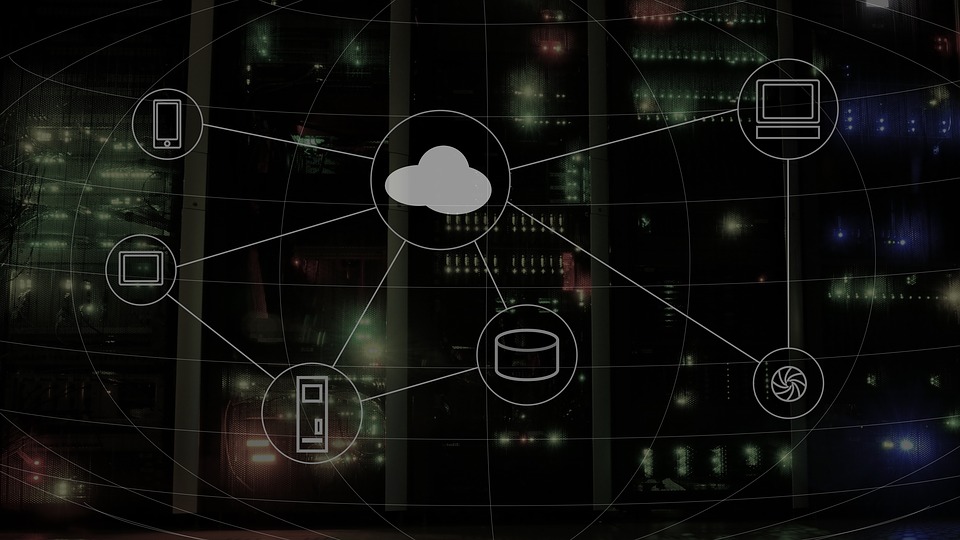 INFRA
INFRA
 INFRA
INFRA
 INFRA
INFRA
Cloud based networking startup Cato Networks Ltd. is making it easier for enterprises to ensure high availability for their apps and services by extending the “self-healing” capabilities of its software-defined wide area network.
SD-WAN is a specific application of software-defined networking technology applied to WAN connections, which are used to connect enterprise networks – including branch offices and data centers – over large geographic distances. A WAN might be used, for example, to connect branch offices to a central corporate network, or to connect data centers separated by distance.
In the past, these WAN connections often used technology that required special proprietary hardware. The SD-WAN movement seeks to move more of the network control into the cloud, using a software approach.
Cato’s SD-WAN, called Cato Cloud, can be thought of as a hosted traffic management platform that enables organizations to centrally control communications from their data centers to branch offices and cloud deployments. It also allows them to regulate access to applications and services for mobile workers.
One of Cato Cloud’s biggest advantages is its self-healing capability, which automatically repairs outages by converging networking and security infrastructure and ensuring these are always aligned. What Cato Cloud does is replace the myriad of appliances, virtual network functions and services used to build high-availability networks with a cloud-based packet engine that routes, optimizes and secures WAN and other internet traffic.
Cato said today it’s extending this capability to its customers’ own data centers through the availability of a new appliance called the X1700 Socket. This rackable device comes with redundant power supplies and hot-swappable hard drives, protecting data centers against the most common component failures, Cato said.
In addition, Cato is making it possible for security rules to change dynamically as the network does. This does away with the need for information technology teams to update firewall and other security or network appliance policies manually when workloads move between locations or when applications failover to disaster recovery sites, the company explained.
“The network ensures service continuity by remediating network failures, updating the security infrastructure, and adapting workflows according to business priority,” Cato Chief Technology Officer Gur Shatz said in a blog post. “Edge device failure, network transport failure, failover to a disaster recovery site, moving apps between datacenters or cloud providers and more — Cato Self-Healing SD-WAN solves network problems without requiring IT intervention.”
Support our mission to keep content open and free by engaging with theCUBE community. Join theCUBE’s Alumni Trust Network, where technology leaders connect, share intelligence and create opportunities.
Founded by tech visionaries John Furrier and Dave Vellante, SiliconANGLE Media has built a dynamic ecosystem of industry-leading digital media brands that reach 15+ million elite tech professionals. Our new proprietary theCUBE AI Video Cloud is breaking ground in audience interaction, leveraging theCUBEai.com neural network to help technology companies make data-driven decisions and stay at the forefront of industry conversations.